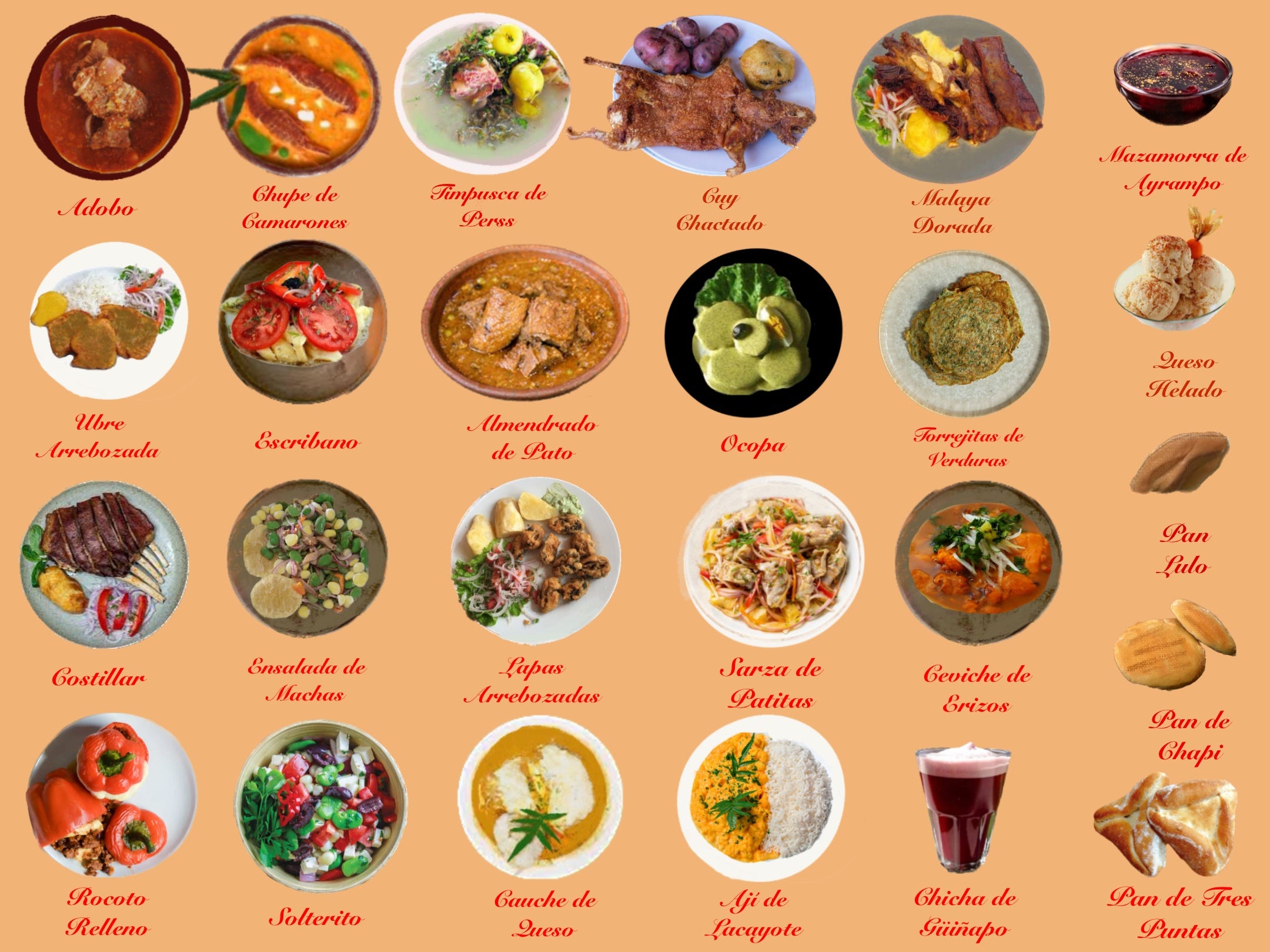Arequipa & Southwestern Peru
Typical foods from the Andean highlands, arid plains and Pacific coast.
The following story is the third in a regular feature in this newsletter for paid subscribers. The format is similar to the Ecosystems stories, which describe the ingredients from a particular landscape, however, Regional Foods describe how they are being used together.
Located at the southwestern edge of the Peruvian Andes, on a high plain more than 2,335 meters above sea level, within proximity of two of the world’s deepest canyons, arid desert and the rich marine life of the Pacific, Arequipa’s unique ecological setting has provided the foundations for one of the most vibrant cuisines anywhere in South America. The region has been inhabited for roughly seven thousand years by various cultural groups that made use of the grazing alpacas and rivers full of freshwater prawns, plus access to highland tubers, corn and chiles. Since colonization, Arequipa’s cuisine has been shaped far less by immigration than other points along the Peruvian coast, which means many of the recipes that occurred 500 years ago have chaged little from their original form. The city’s picanterías, the houses chicha (fermented corn beer) and spicy food that emerged in the mid-16th century remain the beating heart of the region’s cuisine. Held together by a tight-knit group of cooks and restauranteurs, the Sociedad Picantera de Arequipa, maintain the region’s deep collection of recipes through regular interactions to ensure closely guarded recipes continue from one generation to the next.
This guide will help you understand which sauces are made by rocking large grinding stones called batáns and why the chicha takes on a darker color here than elsewhere in Peru. You’ll also see how the marine resources here differ from the north, you’ll know which cook made a deal with the devil and why something called queso helado (cheese ice cream) doesn’t have any cheese in it. Most of the foods described here were tasted in markets, street stalls, family homes and picanterías in and around Arequipa, as well as the port of Mollendo and villages in the Colca Canyon area. While these recipes represent some of my almost 20 years of visits to the region, there are many more that exists.
Keep reading with a 7-day free trial
Subscribe to New Worlder to keep reading this post and get 7 days of free access to the full post archives.




